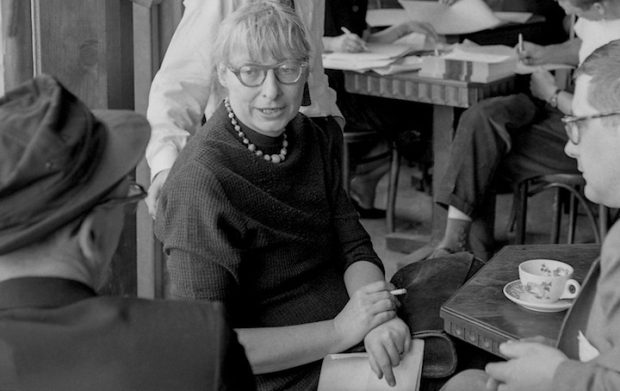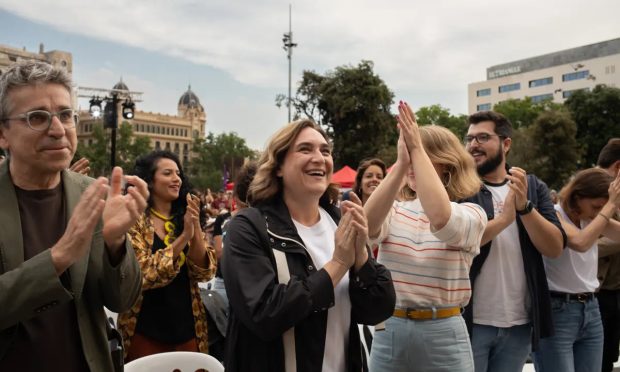
In the mid-20th century, Jane Jacobs championed her New York neighborhood, and her influential book became one of the key works on cities. Jennifer Keesmaat has taken Toronto to the highest level of comfort among metropolises. Julia Genter brought the theory of small business to the government level.
According to urban planner and anthropologist Katrina Johnston-Zimmerman, only 40% of speakers at major urban conferences are women. In leading architecture firms and urban planning offices, the proportion of women in top management positions is only 10%, according to the World Bank. Men’s names are more often heard in the context of urban planning and city management, but women have also left their mark on global urbanism, introducing new approaches.
Canadian-American activist was dubbed the “godmother of urbanism,” although she was not a professional architect or urban planner. Jane was a journalist focusing on urban modernization. She moved to New York in 1935 and settled in Greenwich Village. From the 1930s to the late 1960s, the city’s appearance was shaped by the architect Robert Moses, known as the building dictator. Jane advocated respect for people and their social connections. She was able to stop the renovation and construction of a highway through the park and several blocks in Greenwich Village, and also formulated the basic principles of “new urbanism.” This urban planning concept involves the creation of compact areas where everything necessary for everyday life is within walking distance.

Margaret Feilman is an architect, urban planner, and co-founder of the Urban Planning Institute of Western Australia. Having received a British Council scholarship, she studied town and country planning in England for two years, standing out as the only girl among the students. Returning to Australia in 1950, Margaret began lecturing on planning, thereby beginning her active educational work. By opening her practice, she became the first qualified town planning consultant in Western Australia, positioning herself at the forefront of her field.

Applying the “new city” model, she was widely recognized for her work, and her name became synonymous with urban development in Australia.
READ: New Yorkers’ Headache: Finding an Apartment Can Be an Adventure
Ada Colau has been mayor of Barcelona since 2015 and is considered “probably the most radical mayor in the world.” Starting her career as an activist and rebel, she took on the challenges posed by Barcelona’s booming tourism industry.

READ: Dubai Opportunities: Profitable and Reliable Investments
One of the most radical projects supported by Colau is the creation of superblocks to make Barcelona the most walkable city in Europe. The idea is to pedestrianize several nearby neighborhoods while limiting car traffic around the perimeter. Instead of parking lots and roads, sports and playgrounds, as well as other public spaces, are located inside superblocks. Despite controversy and dissatisfaction at the start of the project, the superblocks pilot was successful, and Colau plans to run for a third term.
Like us on Facebook for more stories like this: